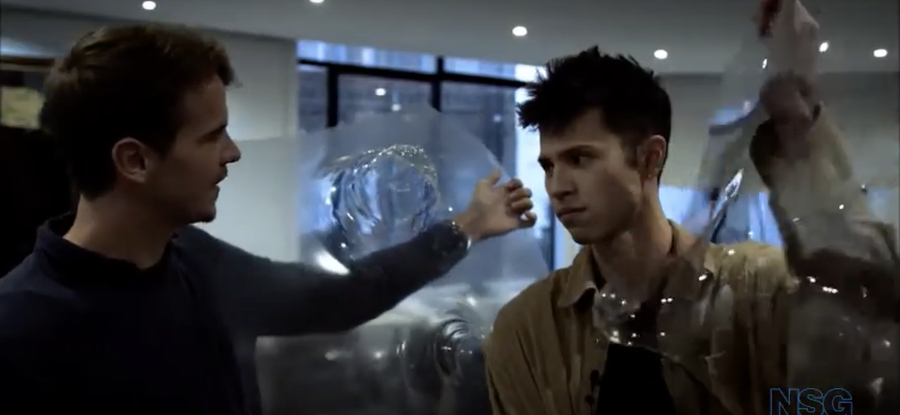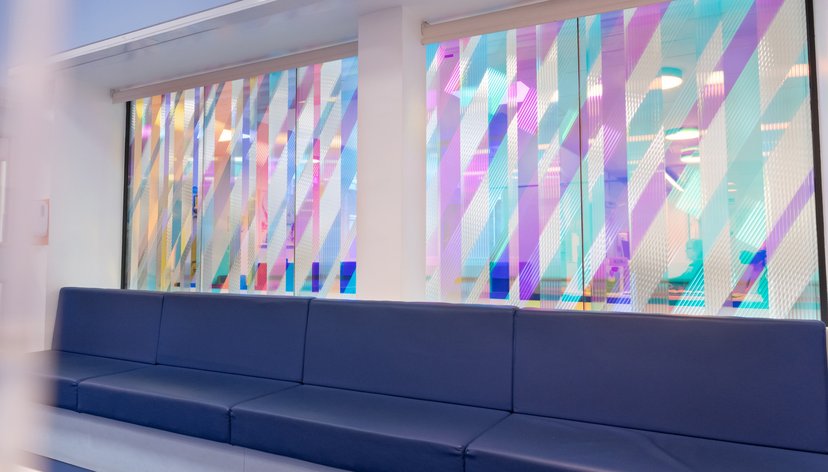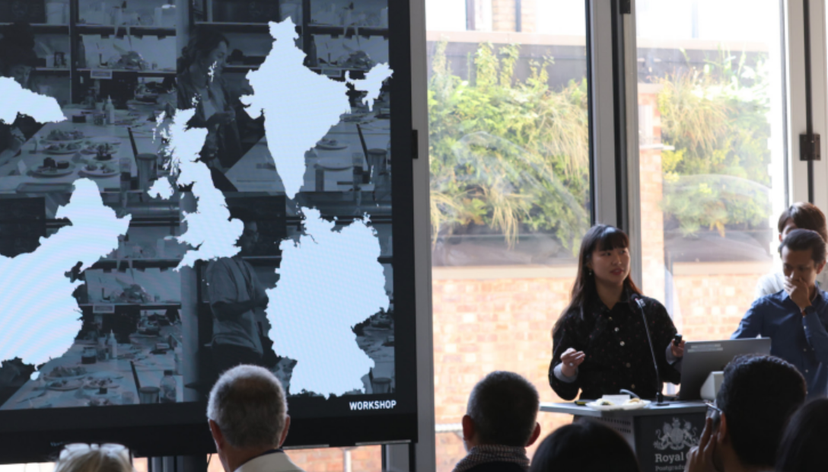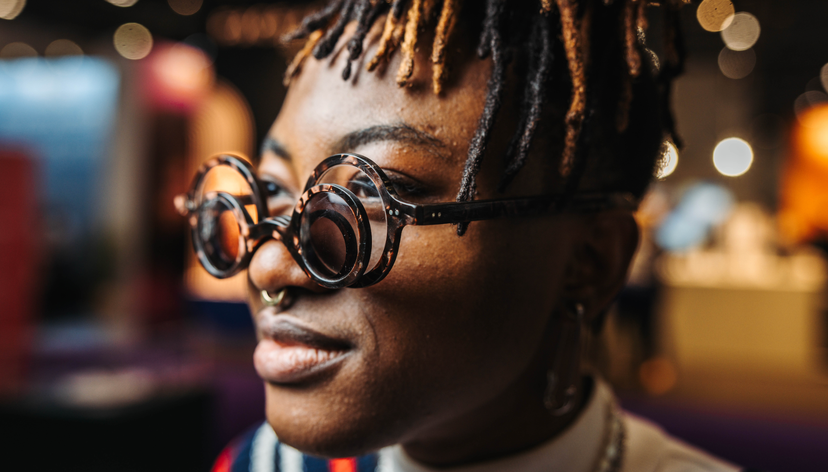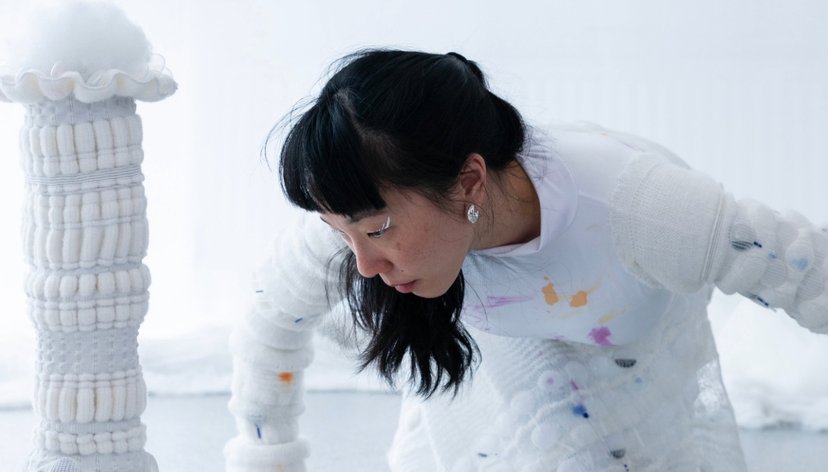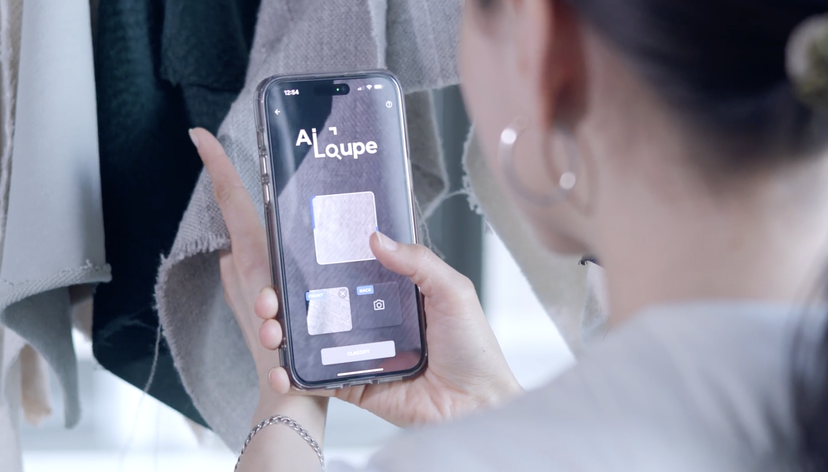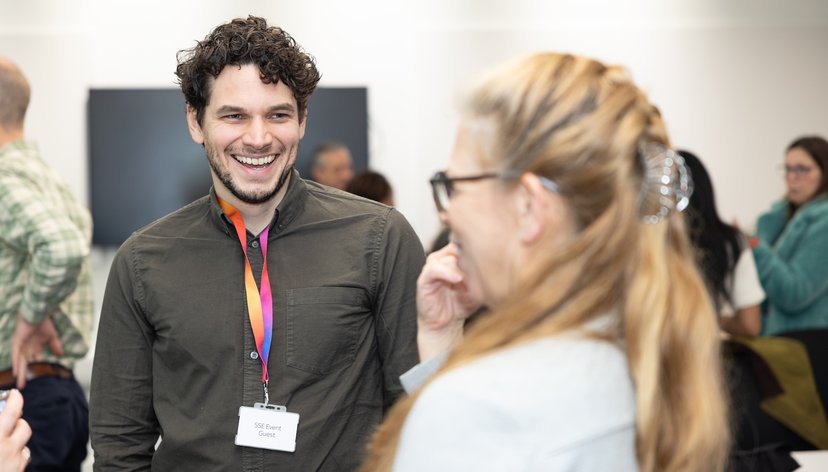
The RCA and NSG/Pilkington partnership explores innovative glass applications for future vehicles, generating bold concepts through a collaborative hackathon.
At a glance
- Glass has untapped potential beyond buildings, glassware, and electronics, offering new possibilities for enhancing vehicle interiors and exteriors through design, functionality, and performance.
- Future vehicle trends – such as connectivity, electrification, autonomous driving, and vehicle sharing – present exciting opportunities for innovative glass applications.
- The RCA's Textiles and Intelligent Mobility Programmes partnered with NSG/Pilkington to explore these opportunities through a three-day hackathon.
- The challenge produced bold concepts, blue-sky scenarios, and fresh ideas that expand the potential for research and development in glass-based vehicle design.
“We've really been inspired by talking to students and seeing what thought provoking creative ideas can come out of the Royal College of Art - ideas that we could develop into the future.”
R&D Incubator Programme Director at NSG Group
Key details
More information
RCA Partner
The NSG Group is one of the world's leading manufacturers of glass and glazing systems in three major business areas: Architectural Glass Products, Automotive and Technical Glass.
The challenge
The brief asked how glass based products could be designed and applied to add aesthetic appeal, functionality and performance in future vehicle interiors and exteriors where connectivity, vehicle electrification, levels of autonomous driving and vehicle sharing features increasingly combine.
Our approach
Over 400 students were invited to apply and take on the challenge to explore the role and opportunities for glass as a material, user experience and tool for sustainability.
The activity was run as a three-day hackathon, where participants were challenged to generate innovative solutions, concepts and blue sky scenarios, and open up new horizons for research and development.
Outcomes
Prize-winning designs included concepts focusing on the future of glass within the UX, materiality and wellbeing contexts.
The two runner up projects were:
“Sensory Glass”, which explored how the design of a vehicle windscreen could reduce motion sickness by re-configuring optical geometry to balance human senses and information exchange through the glass while a vehicle is in motion.
“Artificial Eye”, a project based on biomimetics—the practice of learning from and emulating nature's designs—processes, and systems to create innovative solutions. The project was specifically focused on a mantis Shrimp, whose photoreceptors in their eyes allow them to distinguish millions of colours and polarised lights.
The winning project was:
“Privacy in autonomous vehicles”, which investigated a secure network for data transmission within a vehicle to enhance user safety and experience by creating an interactive glass fibre-optical textile.
NSG benefited from the collaboration with the RCA by accessing design-led innovative solutions for the future of glass applications, meanwhile RCA students benefitted from support from scientists and researchers to further develop their ideas during the challenge. The NSG x RCA collaboration is a powerful illustration of how science, technology, art, and design interconnect to create a connected world.
